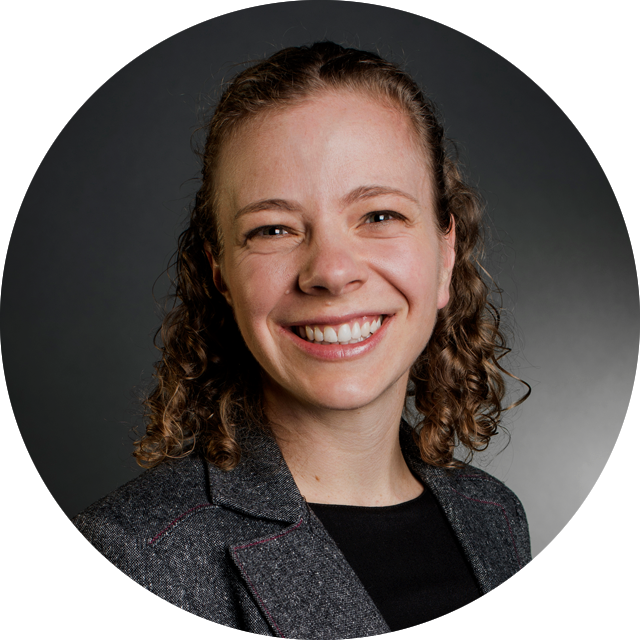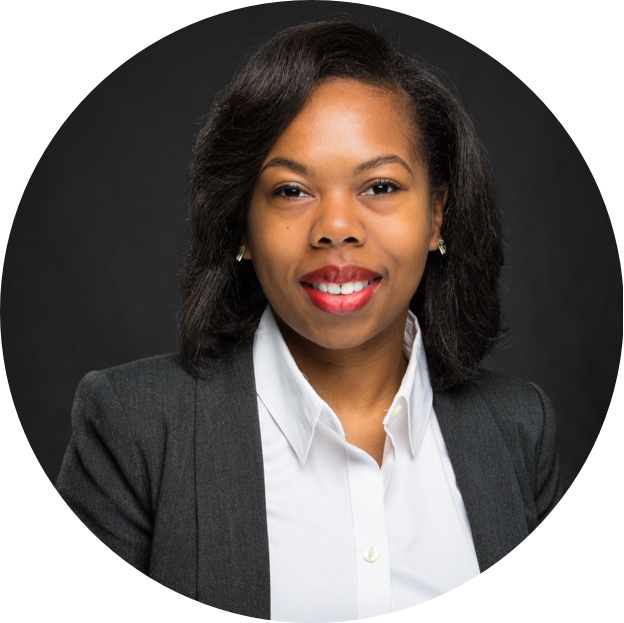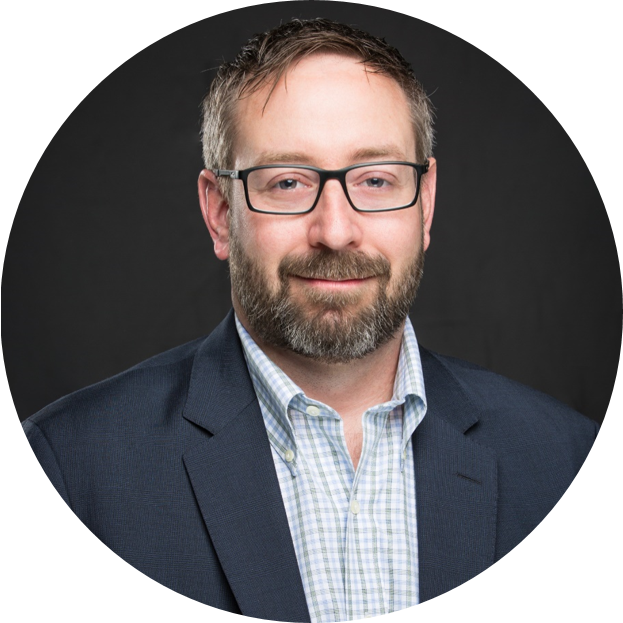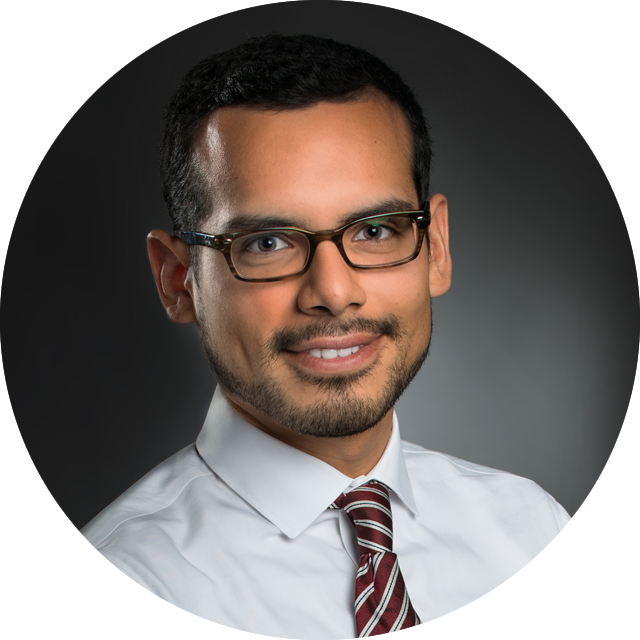We asked for innovation. We asked teachers for fresh ideas for implementing social-emotional learning (SEL) in their classrooms. We asked districts to envision new ways for schools to work together, and to consider how to support SEL practices for teachers, students and administrators within their communities. We sought to support projects that create places, environments and practices that value belonging, well-being, tolerance, compassion, listening, non-violence, inclusiveness, working productively together and looking out for one another.
We were inspired with the commitment of educators across our country to improve the learning experiences for all kids.
Today Education First, the NoVo Foundation and Rockefeller Philanthropy are delighted to announce the 67 teacher and 30 district award winners from the NoVo Social-Emotional Learning Fund. The awards total over $1 million. You can see the list of awardees here.
We received applications for the NoVo Social Emotional Learning Innovation Fund from 479 teachers and 328 districts. One application proposed creating Native American Cultural MakerSpaces where Choctaw students can develop and share their cultural diversity with non-Choctaw peers, with the aid of elder tribe members. Another application proposed designing and testing rubrics to measure graduate SEL dispositions, including defining the outcomes for each disposition at every grade level. We received a proposal for the Family Reunion Project, which will heal the wounds of family separation though workshops where students and their parents will build community and trust. Teachers also looked to their own growth: An application will use collaborative SEL Teacher Inquiry as a method to build adult SEL competencies while simultaneously improving student academic outcomes by integrating SEL with the instructional core.
The award winners come from many types of classrooms and communities. For teacher applications, awardees hail from 28 states. Urban teachers comprise 69% of winners, suburban teachers 18% and rural teachers 13%. We had a wide distribution of grade levels – with 42% for high school aged students, 21% middle school, 28% elementary school, and 9% spanning multiple grade categories.
For district applications, awardees are based in 22 states. Urban districts make up 60% of winners, with 13% in suburban and 27% in rural. More than half – 53% – include their entire network of high school, middle school and elementary schools as part of their work. 10% will focus only on high school, and three percent will focus only on elementary or middle schools. The remaining district applications will span multiple grade levels, just not all three.
All winners – for teachers and districts – will focus supporting students in at least one of these categories: Indigenous communities, new arrivals, English Learners, single-sex environments, students with disabilities and students with adverse childhood experiences.
But the numbers only tell part of the story. Over the next few months, three teacher award winners will share their experiences with SEL in their own words on this blog. Prepare to be moved, inspired and excited.
Thanks again to all who applied, and congratulations to the awardees. We can’t wait to see the impact this SEL innovation will have on improving outcomes for students.




